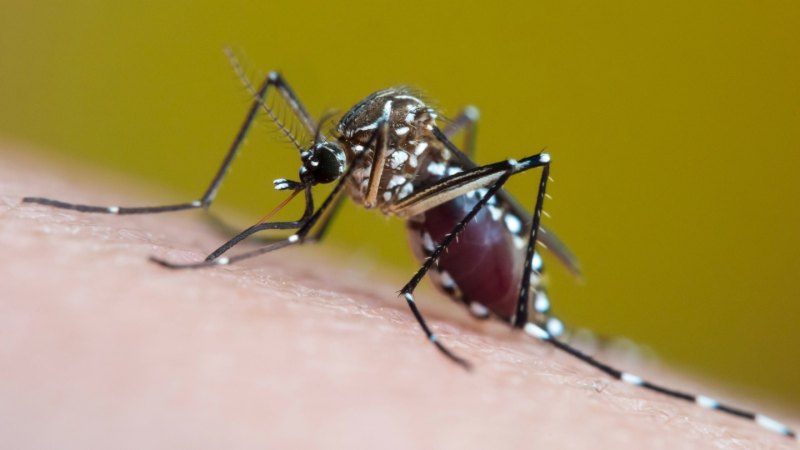
Extreme Climate Survey
Scientific news is collecting questions from readers about how to navigate our planet’s changing climate.
What do you want to know about extreme heat and how it can lead to extreme weather events?
The extreme heat and rain are scary enough on their own, and it’s getting hotter with climate change. But combined, these conditions can bring another enemy: mosquitoes.
Mosquitoes thrive when there is plenty of water around to lay eggs, and warm temperatures help those offspring thrive. The bugs themselves are not a problem – although their bites are annoyingly itchy. But the viruses, bacteria and parasites they carry are.
With that in mind, some readers wonder if a hotter, more humid climate will increase the risk of mosquito-borne or tick-borne diseases. And if so, what can we do to protect ourselves?
The short answer to the first question is yes. The longer answer is that we are already seeing it happen for some diseases.
It has been a record year for dengue fever, a disease transmitted by mosquitoes such as Aedes aegyptithe yellow fever mosquito. The Americas have been hit hard, racking up more than 10 million documented cases since August 21. This is approximately 94 percent of the 11.5 million cases recorded worldwide. Cases in the Americas alone also more than double the previous global record of 5.3 million cases set last year alone.
Climate change, El Niño, urbanization and the number of people susceptible to the virus may all have played a role in the massive outbreak, according to the World Health Organization.SN: 7/13/23). El Niño, for example, brings heavy rains in some parts of the world and drought in others. Even drought can be dangerous because A. Egypt is an urban mosquito that has no problem laying its eggs in containers that store water around the house (SN: 10/7/19). And dense cities mean more people around to bite — and possibly infect (SN: 11/2/22).
Rising temperatures may have already increased dengue transmission by about 18 percent in the Americas and Asia compared to what it would have been in a world without warming, researchers reported in a preprint earlier this year. Depending on how hot the planet gets, emissions could increase even more by 2050, to 40 to 57 percent more on average than without climate change.
Researchers expect that other mosquito-borne viruses such as West Nile — in the headlines after former National Institute of Allergy and Infectious Diseases director Anthony Fauci contracted the disease — and chikungunya will also become more common with climate change. And residents in Massachusetts are on high alert for another threat: eastern equine encephalitis, a mosquito-borne disease with a 30 percent fatality rate that rarely occurs in eastern or Gulf Coast states. A man in his 80s became the first human case since 2020, state health officials announced on August 16. The city of Plymouth, Mass., began closing its parks at dusk on Aug. 23 to protect residents after the virus was discovered in a local horse. .
Other pathogens such as the parasitic disease malaria may also affect more people as temperatures rise (SN: 6/30/23). On August 2, the Pan American Health Organization issued a health alert after an increase in confirmed cases of Oropouche fever, which is transmitted from animals to humans through mule bites, hit new parts of South America and the Caribbean – likely to driven in part by climate. change. The virus, which usually causes mild symptoms, became deadly for the first time this year, causing two deaths.
On the other hand, ticks live longer than mosquitoes, making them less susceptible to short-term weather changes such as torrential rains or heat waves. However, warming winters help more tick larvae survive until spring, meaning larger populations spread diseases such as Powassan virus, which is transmitted by ticks in North America and Russia. deer ticks (Ixodes scapularis), which can carry the bacteria that cause Lyme disease, are slowly expanding their range north, putting more people at risk (SN: 19.3.14).
The best ways to protect yourself? It ultimately comes down to this: Don’t get bitten. Use repellents and wear protective clothing, do tick checks and use screens to make sure flying insects can’t get inside. Also, empty standing water where mosquitoes can lay eggs. Fewer eggs means fewer mosquitoes around to chase your blood.
Please keep sending in your questions about Earth’s extreme climate data—we’ll be looking for them to answer in future Extreme Climate Update columns.
#Extreme #heat #rain #fueling #rising #cases #mosquitoborne #diseases
Image Source : www.sciencenews.org